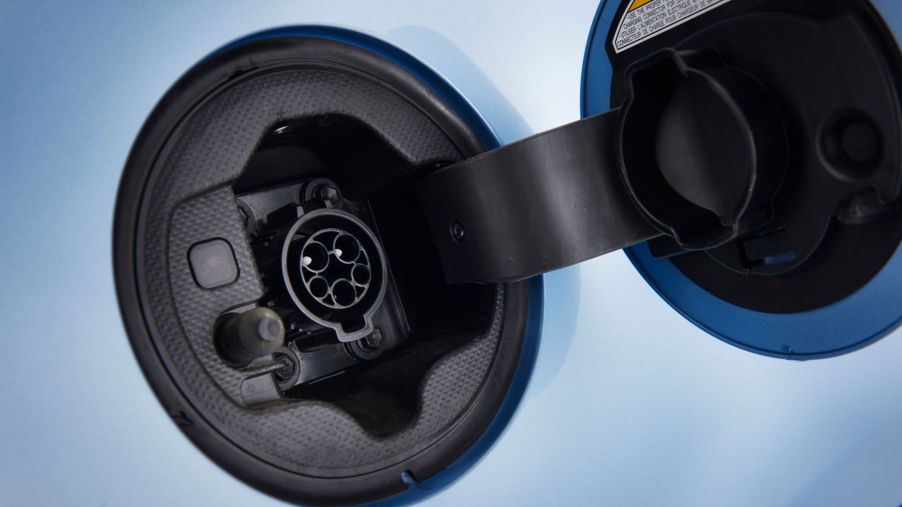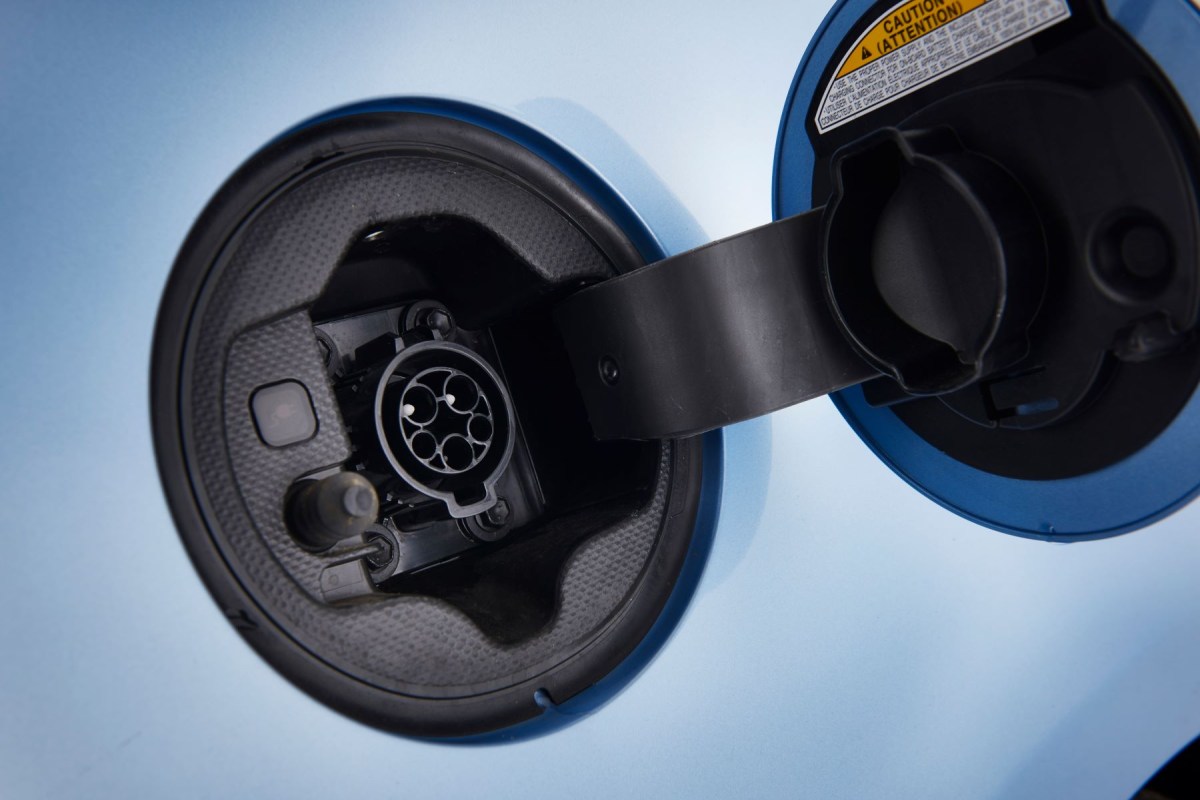
How Much Does It Cost To Charge a Plug-in Hybrid Electric Vehicle (PHEV) With Level 3 Charging?
If you’re looking to save money on gasoline but aren’t quite ready to go all out for a fully electric vehicle, then a PHEV (plug-in hybrid vehicle) is the one for you. Plug-in hybrids offer quite a few benefits, just like a true EV. You’ll get a small amount of electric-only driving range, so is it worth it? Let’s look at one factor to consider with the PHEV: charging costs for a Level 3 fast charger.

Where can you access Level 3 charging?
To find a DC fast charger (Level 3), you can check with large retail stores in the area, such as Costco, Walmart, and Sam’s Club. You can also find branded charging stations like EVgo, PlugShare, Blink Charging, and ChargePoint. If you own a Tesla, you can use one of the many supercharging stations throughout the country.
Plug-in hybrid vehicles are typically charged with a 120-volt or 240-volt charger using your home’s electricity. There’s also a 120-volt portable charger that you can take with you to plug into another home or building’s electrical socket if one’s available.
It could get a bit difficult if you want to access a faster charger while you’re on the go. Some PHEVs aren’t designed for Level 3 charging. According to EVgo, many of the plug-in hybrids available today can use its Level 2 stations to charge up. But if you have a CCS (combined charging system) connector, you’ve got the green light to use your plug-in hybrid on a Level 3 charger, according to Kelley Blue Book.
How much will it cost to charge a plug-in hybrid with Level 3 charging?
It might be tempting to try and have a level 3 charger installed at your residence, but it’s not really feasible. It’s enormously expensive to install one of these powerful chargers in your home, so it’s generally found at commercial businesses, unlike Level 1 and Level 2 systems.
DC fast charging stations are the quickest way to juice up your battery when you’re on the go, but is it cheap? Not really. It costs quite a bit more than what you could get from a home charging system. For example, MyEV discusses an experience the editors had with a VW e-Golf.
It costs $.29 a minute for a 25-minute session. The editors report that the total was $7.25, adding approximately 50 miles to the range. That calculates to $3.62 for about 25 miles.
Compared to the EPA’s estimates, a gas-powered vehicle going the same distance would cost around $2.26. That figures out to be about a little over a dollar more to fast charge the car. However, the price varies between locations, so what you’ll pay will depend on your state and the public station you’re using.
How fast are the different charging levels?
Home charging systems will fully charge the battery in a PHEV in 6-8 hours if you use a Level 1 charger, sometimes even less. If you plug into a Level 2 one, you could juice up the battery in approximately three hours. But what about a Level 3 system?
A DC fast charger runs off 50-350 kW of electricity for all-electric vehicles. According to the US Department of Transportation, charging a BEV would take anywhere from 20 minutes to one hour, depending on the size of the battery. This means you would gain roughly 180 to 240 more miles of driving range.
As for plug-in hybrid electric vehicles, it should only take 15 minutes or less to charge them fully since these batteries typically only hold around 20-40 miles worth of juice compared to an all-electric model with over 200 miles.
Keep in mind that PHEV models are generally incompatible with DC fast chargers, but some can access Level 3 systems. For those that can, you can expect it to be super quick to juice up the battery, and because of that, it’s not likely to cost that much. If your plug-in hybrid isn’t compatible with Level 3, you should stick with home chargers instead.
RELATED: How Much Does it Cost to Charge an Electric Car at a Cracker Barrel?


